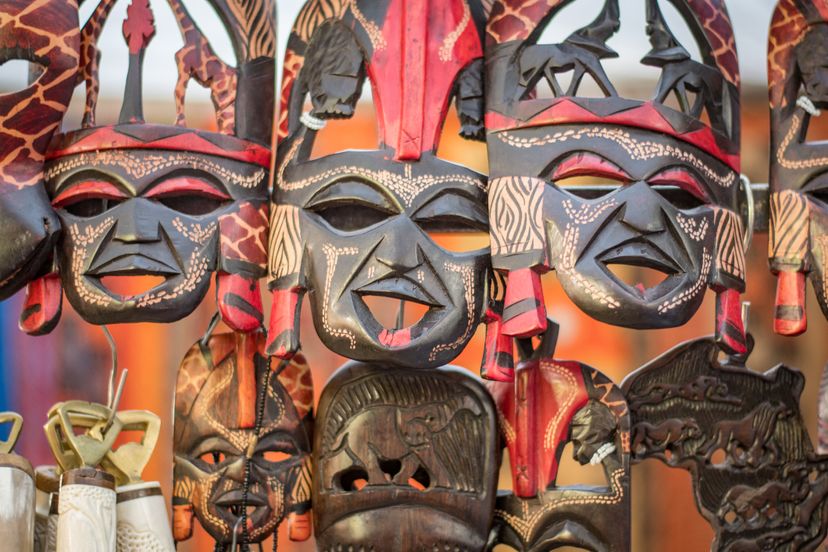Folklore plays a multifaceted role in society, impacting various aspects of human life. Let us examine some key areas where folklore has significant influence:
Cultural Identity
Folklore is a fundamental component of cultural identity, helping communities define who they are and where they come from. It serves as a source of pride, fostering a sense of belonging and unity among individuals. By preserving and practicing their folklore, communities can maintain a strong connection to their cultural heritage, ensuring the continuity of their traditions and values.
Education and Transmission of Knowledge
Folklore serves as an educational tool, transmitting knowledge and wisdom from one generation to the next. Through folktales, proverbs, and songs, young people learn important life lessons, cultural values, and historical events. Folklore encapsulates the collective wisdom and experiences of a community, providing a rich tapestry of knowledge that helps individuals navigate their lives and understand the world around them.
Social Cohesion and Community Bonding
Folklore plays a crucial role in fostering social cohesion and community bonding. Festivals, dances, and communal activities bring people together, strengthening social ties and fostering a sense of unity. By participating in shared traditions and practices, individuals feel a sense of belonging and connection to their community. Folklore serves as a powerful tool for social integration and solidarity.
Preservation of Cultural Heritage
Folklore is a vessel for preserving cultural heritage, ensuring that traditional practices, beliefs, and customs are not lost to time. By passing down folklore from one generation to another, communities preserve their unique identity and maintain a connection to their roots. This preservation of cultural heritage allows societies to celebrate their past, embrace their present, and shape their future.
Inspiration for Art and Creativity
Folklore has long been a source of inspiration for artists, writers, musicians, and filmmakers. Folktales and legends provide rich narratives and compelling characters that captivate audiences. These timeless stories have been reimagined and retold in countless ways, fueling the creative imagination and giving birth to new works of art. Folklore provides a wellspring of inspiration, offering artists a deep well of cultural motifs, themes, and archetypes to explore.
